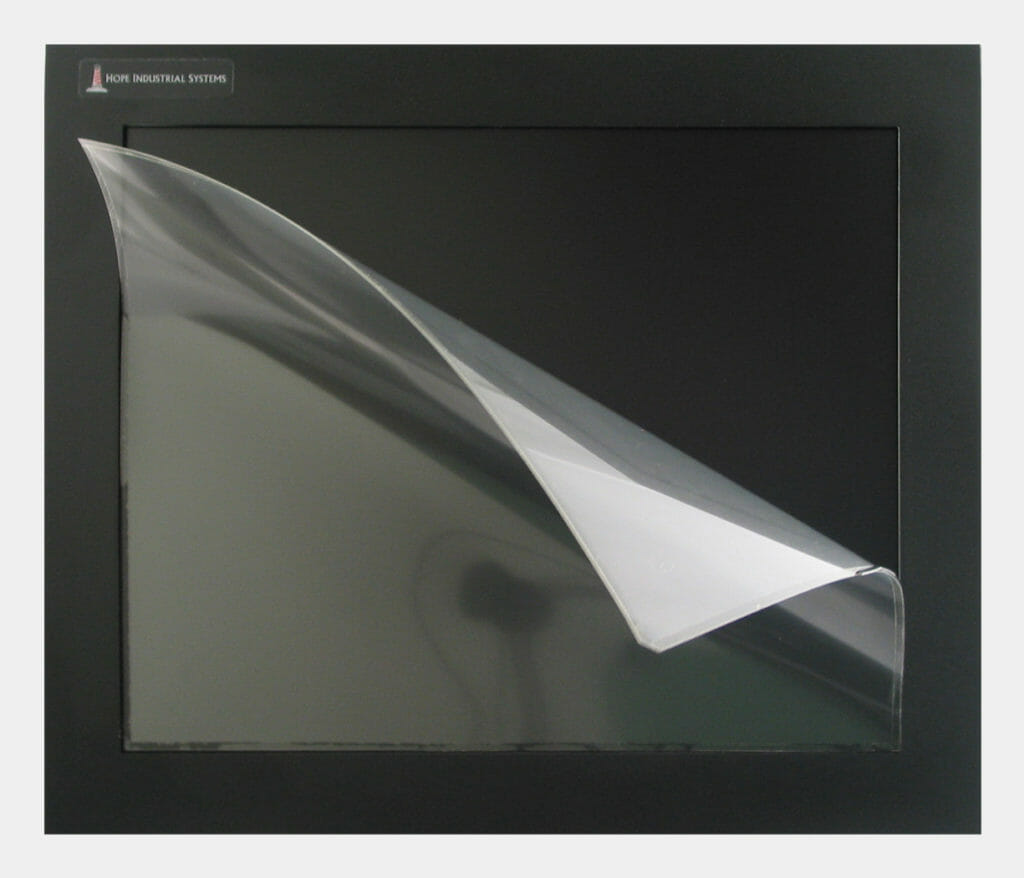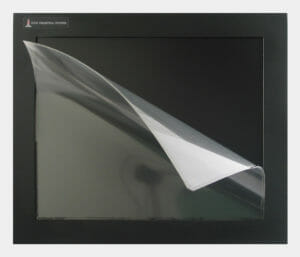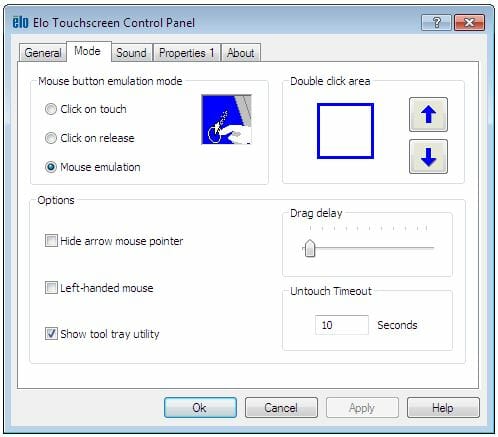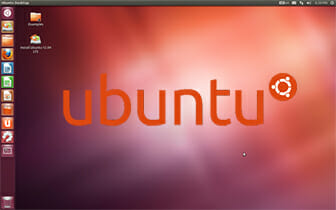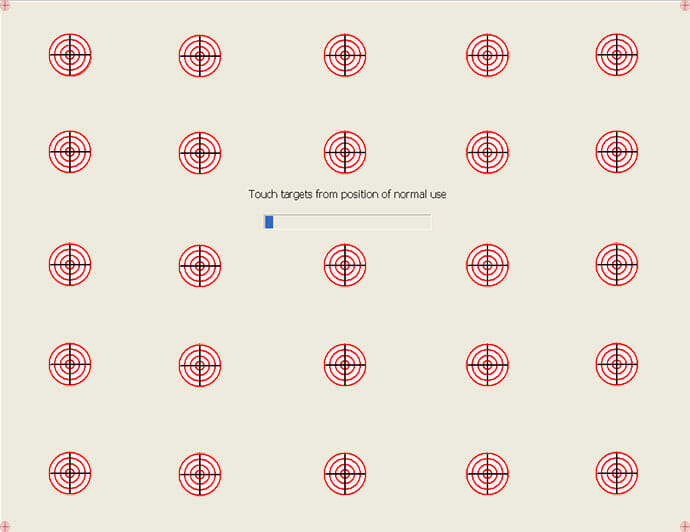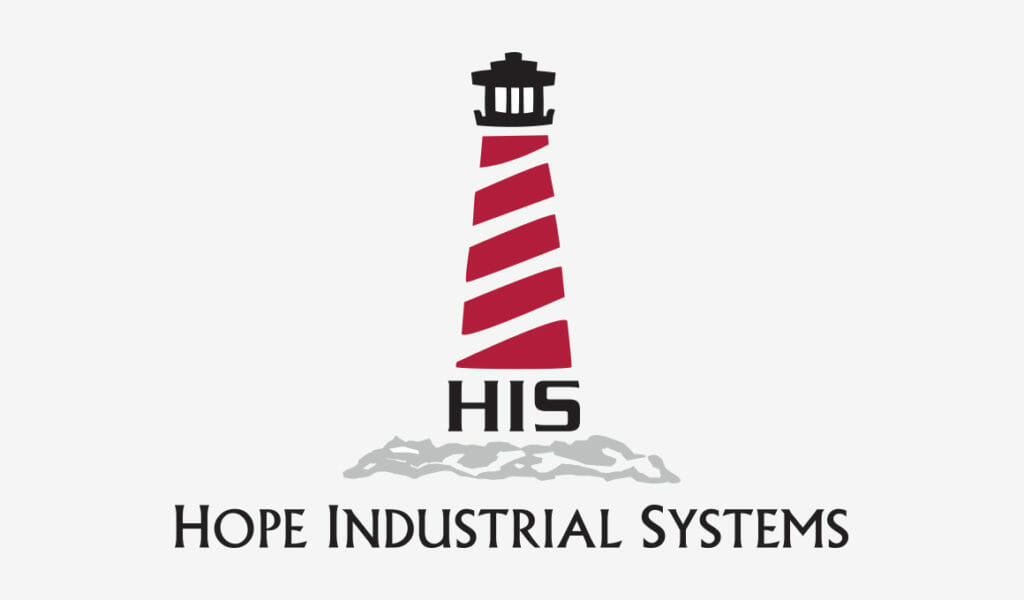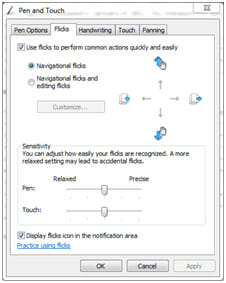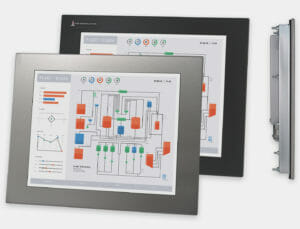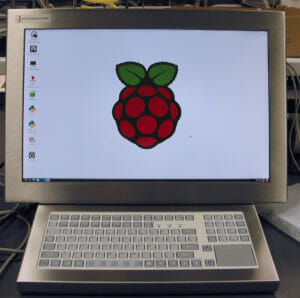
The Raspberry Pi is a small single-board computer originally created by the Raspberry Pi Foundation as an affordable tool for teaching computer science. Due to its low cost, ease of use, and broad community support, the Raspberry Pi is now being used in a variety of diverse settings with users installing them in everything from home automation systems to autonomous aircraft.


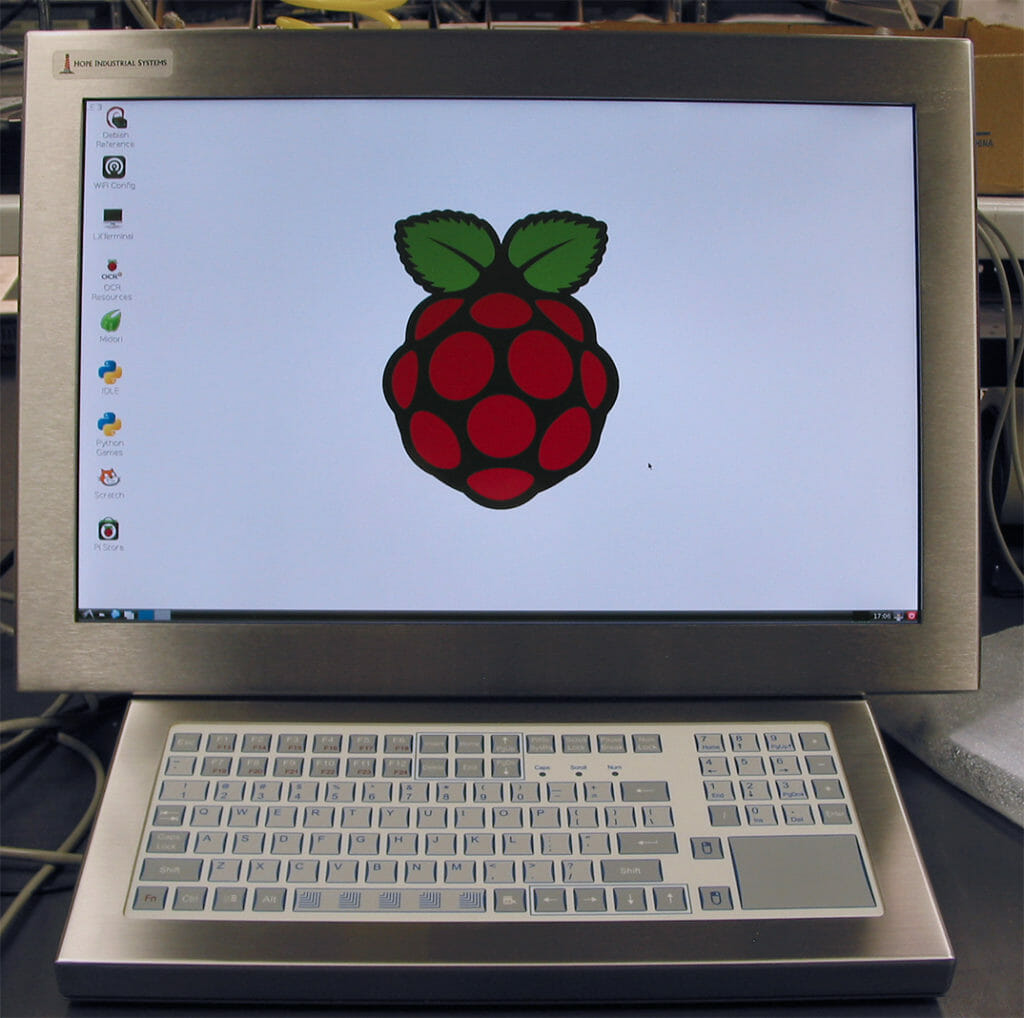
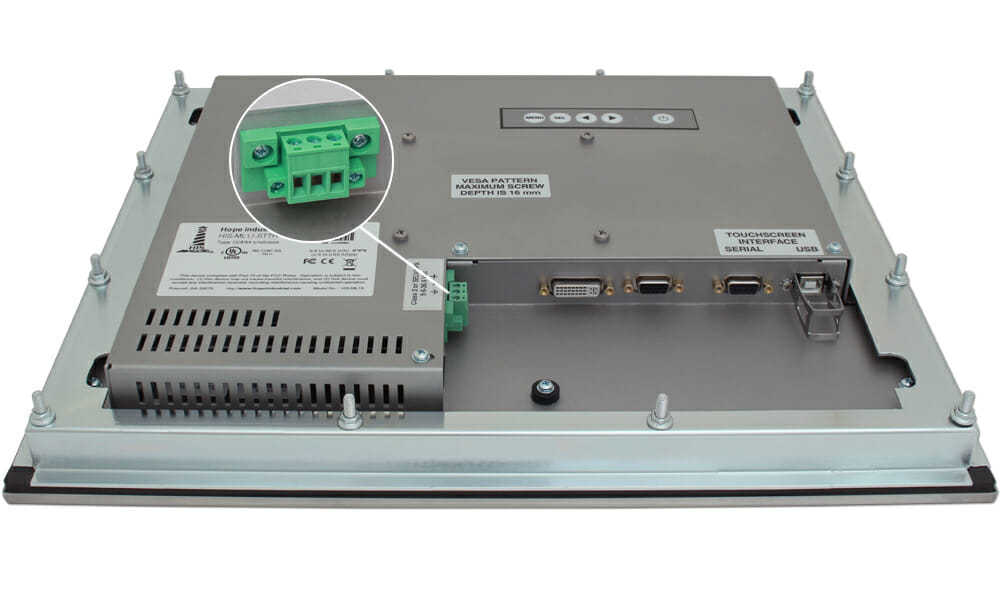
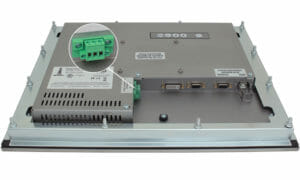 In response to customer requests, Hope Industrial is now offering DC versions of our 19″ and 23″ industrial monitors and touch screens. All DC units include a pluggable industrial terminal block and an input range of 9.6 to 36.6 VDC. DC units include an AC-to-DC power supply provided for bench testing. These models are ideal for telecommunications, utilities and transportation applications.
In response to customer requests, Hope Industrial is now offering DC versions of our 19″ and 23″ industrial monitors and touch screens. All DC units include a pluggable industrial terminal block and an input range of 9.6 to 36.6 VDC. DC units include an AC-to-DC power supply provided for bench testing. These models are ideal for telecommunications, utilities and transportation applications.